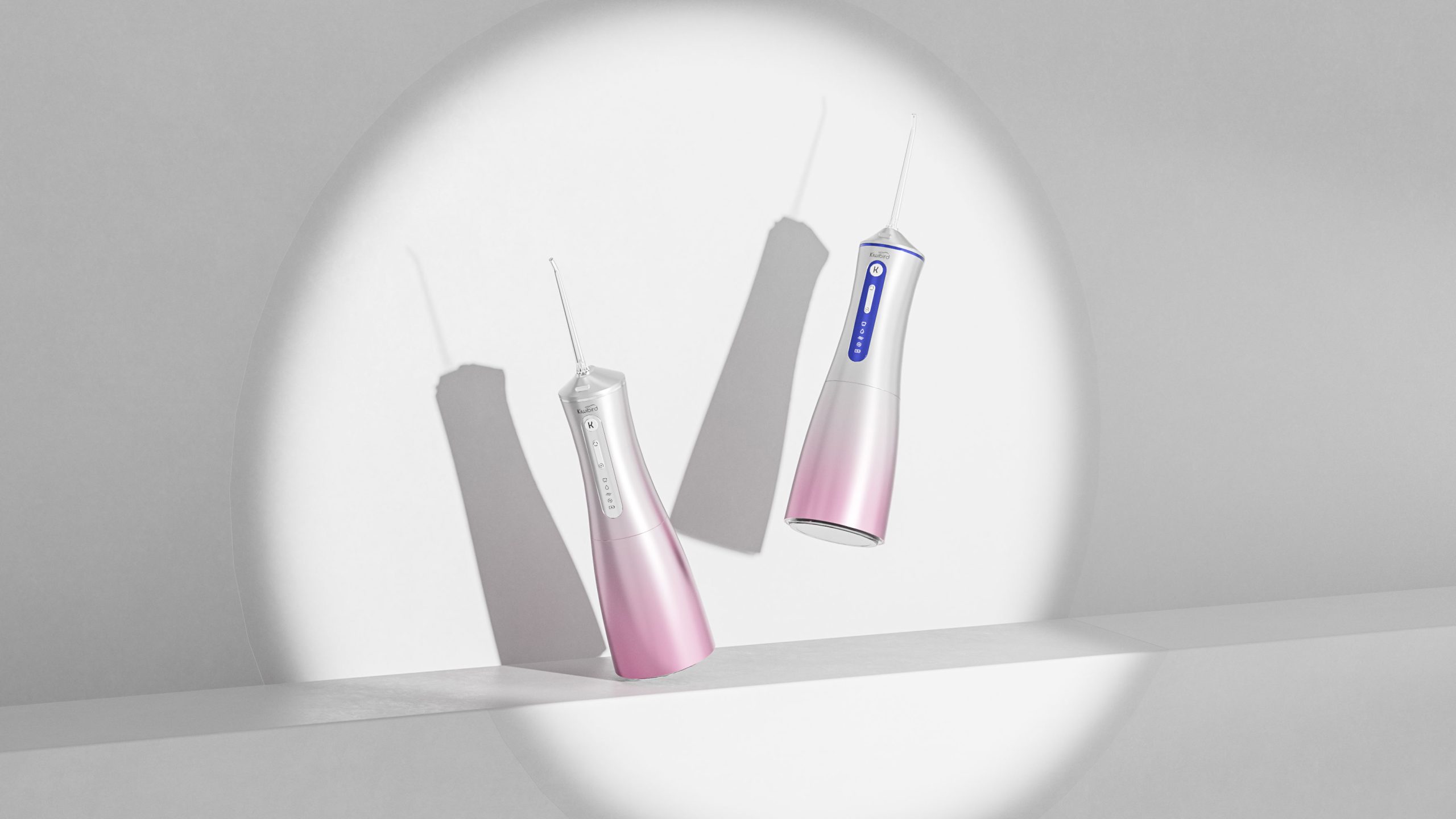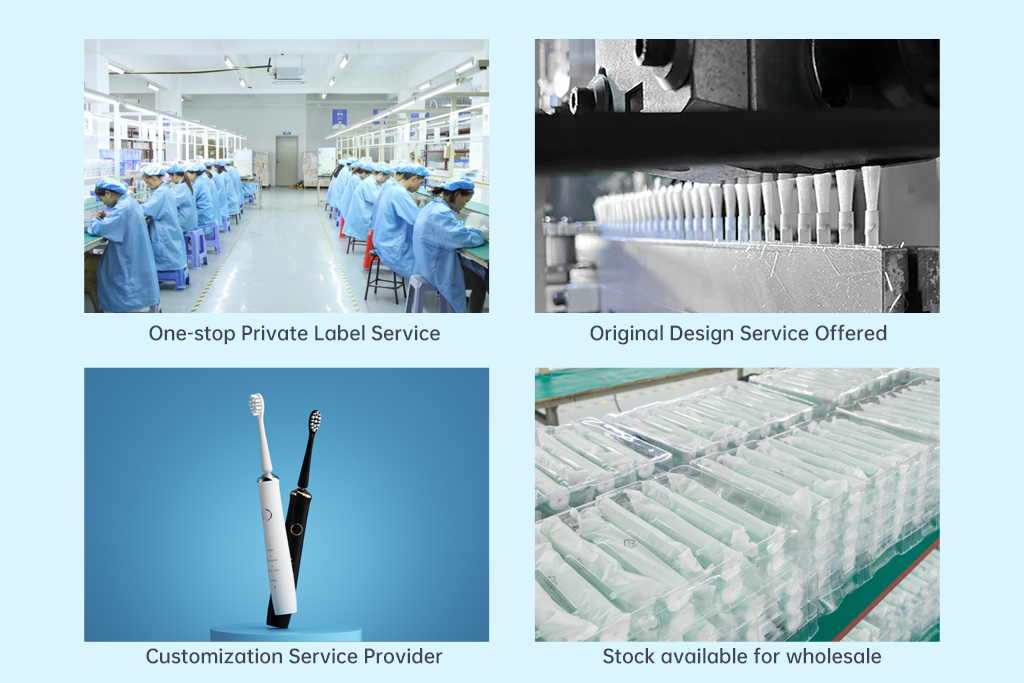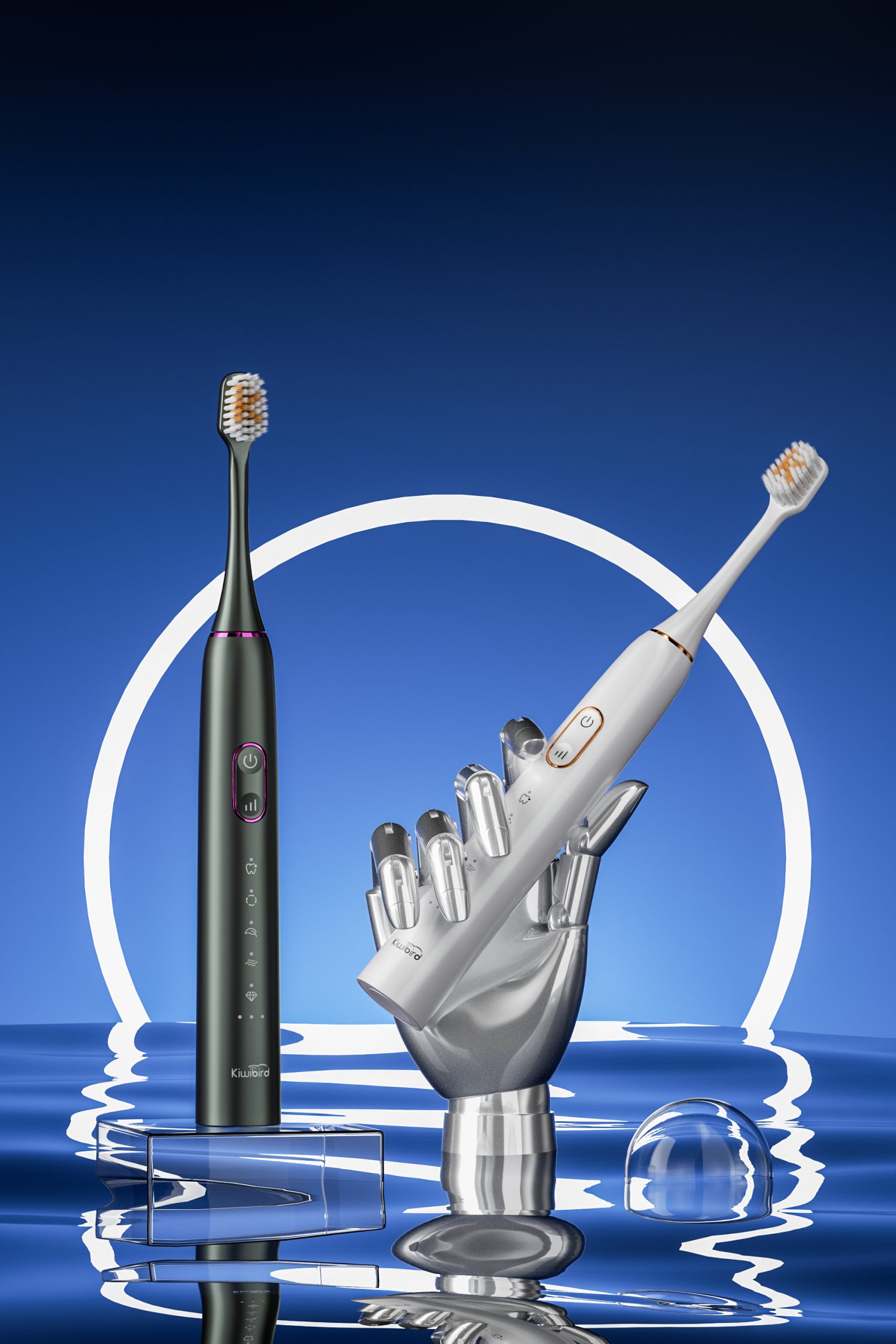Waterproof failure is more than just a structural issue in water flosser design—it is a critical performance hazard that directly leads to pressure fluctuation, inconsistent water delivery, and ultimately, customer dissatisfaction. For OEM manufacturers and B2B distributors, understanding this chain reaction is essential for product optimization and market competitiveness.
Water flossers rely on a closed-loop system to maintain stable water flow. When waterproof failure occurs—often due to weak seals, degraded adhesives, or poor housing integration—it compromises the vacuum and pressurization environment inside the device. The result? Rapid and unpredictable pressure fluctuation.
Such instability not only disrupts cleaning effectiveness but can also confuse or frustrate users, especially those with sensitive gums or dental work.
Understanding the causes of waterproofing breakdown helps manufacturers prevent them at the source. Common contributors include:
Over time, even minor leaks allow air or moisture intrusion, destabilizing internal pump pressure and affecting spray consistency.
When pressure fluctuation occurs, the user may experience:
This not only affects cleaning efficacy but also tarnishes brand reputation—particularly in professional or clinical settings.Company web:https://www.powsmart.com/product/electric-toothbrush/
For B2B resellers and service teams, detecting waterproof failure early can reduce warranty costs. Some indicators include:
Manufacturers should consider including pressure sensors or self-check features to alert users or service teams when waterproofing is compromised.
To reduce these risks, forward-thinking manufacturers are integrating advanced protection, such as:
These measures not only preserve stable operation but also enhance product durability in diverse environments—especially for travel or clinical use.
When designing a new water flosser line, B2B buyers should collaborate with partners who:
A robust waterproof design isn’t just about resisting moisture—it’s about ensuring steady, reliable water pressure throughout the product’s life cycle.
In conclusion, waterproof failure doesn’t just lead to water damage—it initiates a pressure fluctuation chain that degrades performance and user trust. By addressing this issue through smart engineering, reliable materials, and strategic OEM planning, manufacturers can ensure long-term user satisfaction and significantly reduce post-sale service burdens.
Want to future-proof your water flosser design against these hidden pitfalls? Contact our engineering team today for OEM integration strategies that prioritize waterproof reliability and flow stability.

-1024x1024.jpg)
.jpg)
Material Degradation Releasing Chemical Residue? Hidden Hazards in Oral Care Devices
Quiet Electric Toothbrush for Night Use – OEM Supply for Hotels & Wellness Brands

Can a Folding Toothbrush Design Make This Travel Electric Toothbrush Fit in a Wallet?
.jpg)
Is Your POWSMART Smart Rechargeable Toothbrush Leaking Battery?

How to Find Reliable Electric Toothbrush Manufacturers for Your Oral Care Brand
Brush Shedding with Sensor Failure? What B2B Buyers Must Know!
Are Child safety Electric Toothbrushes Made from Materials?
.jpg)
Customization of Oral Irrigator Pulse Frequency: How to Balance 1400–1800 Times/Minute with Noise Control?

Electric Toothbrush & Water Flosser Combination Set: How to Increase the Average Transaction Value through Scenario-Based oral care products Design?
.jpg)
Does POWSMART Kids Electric Toothbrush Contain Material Toxicity?
.jpg)
Can Cartoons Improve Brushing Habits?
Electric Toothbrush with App Connectivity – Smart Oral Care for B2B Markets

Long-Lasting Smart Toothbrushes: 90–250 Days Battery Life for Bulk Buyers
User Adaptation Struggles from Improper Angle Use? Device Design Matters!
Gum Recession from Pulse Inconsistency? Uncover the Overlooked Risk in Oral Care Devices

How to Find High-quality Electric Toothbrush Factories for Cooperation?

Private Label Whitening Gel
.jpg)
Florida Electric Toothbrush – Powsmart PTR-C8

electric toothbrush heads Regular Clean

electric toothbrush heads Deep Clean

Customization Teeth Whitening Gel

Electric toothbrush heads Charcoal Infused-Diamond

electric toothbrush heads Charcoal Infuse-Round

electric toothbrush heads Ultra Soft
whstapp
whstapp
National Toll-Free Service Hotline
+86 755 86238638